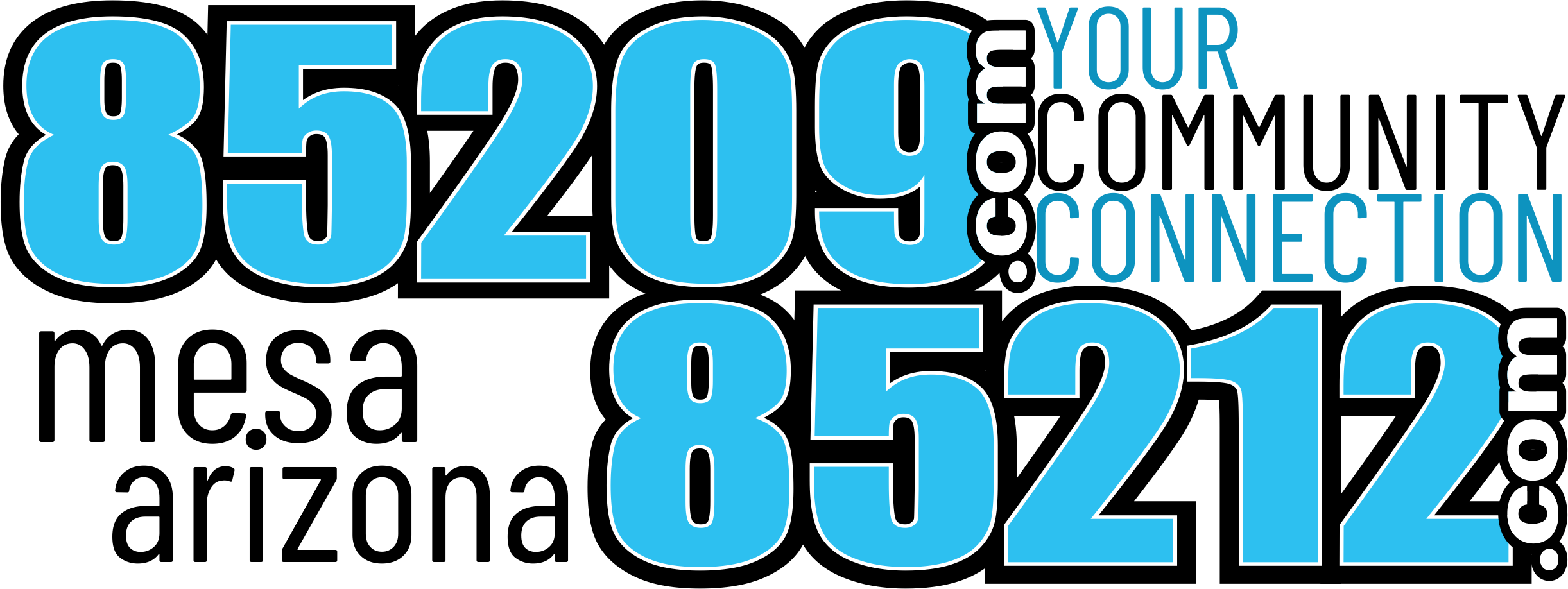Officials last week began laying the groundwork for a likely November bond election to generate money to expand and shore up Mesa’s water, sewer, electric and gas systems.
Unlike Mesa’s two most recent bond elections, this one would have no impact on city property-tax rates.
The past two elections have been for general-obligation bonds backed by secondary property taxes.
Utility work is financed by so-called revenue bonds, which are repaid through utility rates and from developer impact fees.
Mesa voters traditionally have strongly supported utility bond issues. The last time was in 2010, when the price tag was $202 million.
Mesa officials said four years ago they had put some items on hold to make the question more palatable during the recession.
This time, they say, there is no putting things off any longer.
That is particularly true with regard to the long-planned Signal Butte water-treatment plant, which would be kitty-corner from the Apple Co. factory at Signal Butte and Elliot roads.
Dan Cleavenger, who oversees the water and sewer departments, told the City Council during its March 27 study session that Mesa now urgently needs the plant to sustain its southeastern areas.
Water for that region now comes from the Brown Road treatment plant and from wells. Neither source is sustainable, Cleavenger said.
Eventually all of the Brown Road capacity will be needed in other parts of town.
And, Cleavenger said, groundwater is “supposed to be more of a supplement and a backup in consideration for drought. It’s not wise for us to tap into that to rely on it. It’s just not sustainable. It’s much more reliable to use surface water.”
The Signal Butte plant would process Colorado River water delivered via the Central Arizona Project canal.
Demand in the region is soaring. Cleavenger said Apple itself requires enough water to sustain 7,000 households, Grand Canyon University plans a 10,000-student campus in the area, and DMB Associates is aggressively developing residential neighborhoods on land once owned by General Motors Corp.
Mesa officials have told The Republic in recent months that other big industrial users are looking at the Gateway area, and Cleavenger told the council that under present conditions, “we would be taxed a little bit to add that type of facility.”
Cleavenger said Mesa needs the Signal Butte plant to open by 2018, and the only way to accomplish that is to approve bonds this year.
Cleavenger said more millions are needed to replace aging water pipes, particularly in west Mesa. Some pipes are more than 60 years old and are made of disintegrating cast iron or of asbestos-laced concrete.
The same dual problem — new growth and old infrastructure — confronts Mesa’s sewer systems, Cleavenger said.
Mesa needs to expand its capacity at the Greenfield sewer plant owned jointly with Gilbert and Queen Creek, and other parts of the sewer system need replacement or upgrades.
The total bill for water and sewer infrastructure would be $364 million:
• Signal Butte water plant, $123 million.
• Infrastructure such as pipes related to that plant, $66 million.
• Waterline replacement and other system upgrades, $50 million.
• Greenfield sewer plant expansion, $95 million (in addition to $9 million in authorization left over from the 2010 bond vote).
• Sewerline replacements and other upgrades, $30 million.
Frank McRae, who oversees Mesa’s electric and gas systems, was scheduled to outline his department’s capital needs in a council study session on April 3.
The council can add to or subtract from the shopping list before its summer deadline for calling a bond election.
Gary Nelson, The Republic






